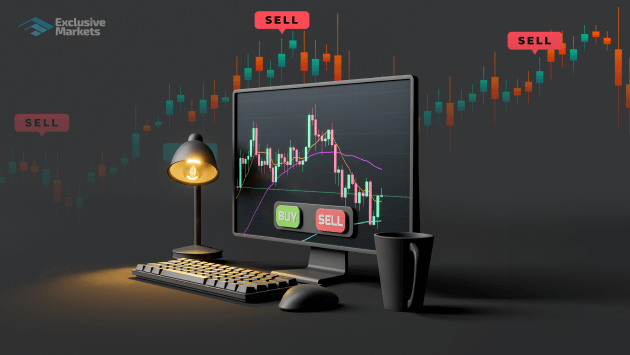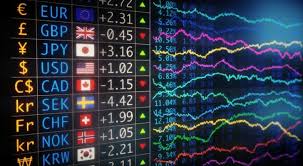
The Future of Forex Algorithmic Trading: Strategies, Tools, and Insights
Forex trading has come a long way from the days of manual transactions and handwritten charts. With the advent of technology, traders now have access to sophisticated algorithmic trading systems that analyze market data and execute trades with impeccable speed. In this article, we will delve into the world of Forex algorithmic trading, examining its strategies, tools, and what the future holds for this evolving landscape. For more insights on trading, check out forex algorithmic trading Trading Asia.
Understanding Algorithmic Trading
Algorithmic trading, often referred to as automated or black-box trading, involves using algorithms—mathematical models and rules—to execute trades. These algorithms can analyze vast amounts of market data, recognize patterns, and make decisions faster than any human trader. In the Forex market, this speed and efficiency can be the difference between a profitable trade and a missed opportunity.
Why Use Algorithmic Trading in Forex?
The Forex market is one of the largest financial markets globally, with a daily trading volume exceeding $6 trillion. Here are a few reasons why traders are increasingly turning to algorithmic trading:
- Speed: Algorithms can process data and execute trades in milliseconds, allowing traders to capitalize on short-term market fluctuations.
- Emotionless Trading: Algorithms operate based on predefined rules, removing emotional factors such as fear and greed from the decision-making process.
- Backtesting Capabilities: Traders can backtest strategies using historical data to assess potential performance before applying them in real-time.
- Diversification: Algorithms can manage multiple accounts and strategies simultaneously, spreading risk across various assets.
Strategies for Algorithmic Trading
Several strategies can be applied in Forex algorithmic trading. Here’s a look at some popular ones:
1. Trend Following
This strategy involves identifying trends in the market and executing trades in the direction of the trend. Algorithms can analyze indicators such as moving averages and momentum indicators to determine when to enter or exit trades.
2. Arbitrage
Arbitrage strategies take advantage of price discrepancies between different currency pairs or markets. Algorithms can simultaneously buy and sell in different markets to capture profit from these differences.

3. Mean Reversion
This strategy assumes that prices will revert to their mean over time. Algorithms can identify overbought or oversold conditions and execute trades that profit from the eventual correction.
4. Machine Learning
With advancements in artificial intelligence, machine learning algorithms can adapt and improve trading strategies based on real-time data and past performance. These algorithms can learn from previous mistakes and successes, leading to more refined strategies over time.
Tools for Algorithmic Trading
To implement algorithmic trading, several tools and platforms can be utilized:
- MetaTrader 4/5: A popular trading platform providing robust tools for algorithmic trading, including support for Expert Advisors (EAs).
- cTrader: Another trading platform with a focus on automated trading, allowing traders to develop custom algorithms.
- TradingView: A powerful charting tool that offers scripting capabilities for backtesting strategies.
- Python/R: Programming languages widely used for developing custom trading algorithms and conducting quantitative analysis.
The Risks of Algorithmic Trading
While algorithmic trading offers several advantages, it’s essential to recognize the risks involved:
- Technical Failures: Algorithms depend on technology, and failures in connectivity or software can result in significant losses.
- Market Changes: Algorithms can be based on historical data and may fail to adapt to changing market conditions.
- Over-optimization: Traders may fall into the trap of over-optimizing their algorithms for past performance, leading to poor results in real-time trading.
The Future of Algorithmic Trading in Forex
As technology continues to evolve, the future of Forex algorithmic trading looks promising. Innovations such as artificial intelligence, big data analytics, and improvements in cloud computing are expected to enhance the effectiveness of trading algorithms. Furthermore, regulations in the Forex market will likely adapt to these technological advancements, providing a more structured environment for algorithmic trading.
Conclusion
Algorithmic trading has transformed the Forex landscape, enabling traders to make informed decisions at unparalleled speeds. While there are risks involved, the potential rewards far outweigh them for those who approach algorithmic trading with a well-thought-out strategy and continuous learning mindset. As we move into the future, staying updated with technological advancements will be crucial for traders aiming to harness the full potential of Forex algorithmic trading.
